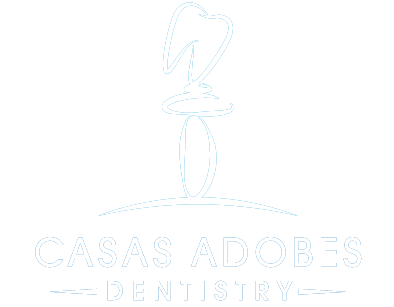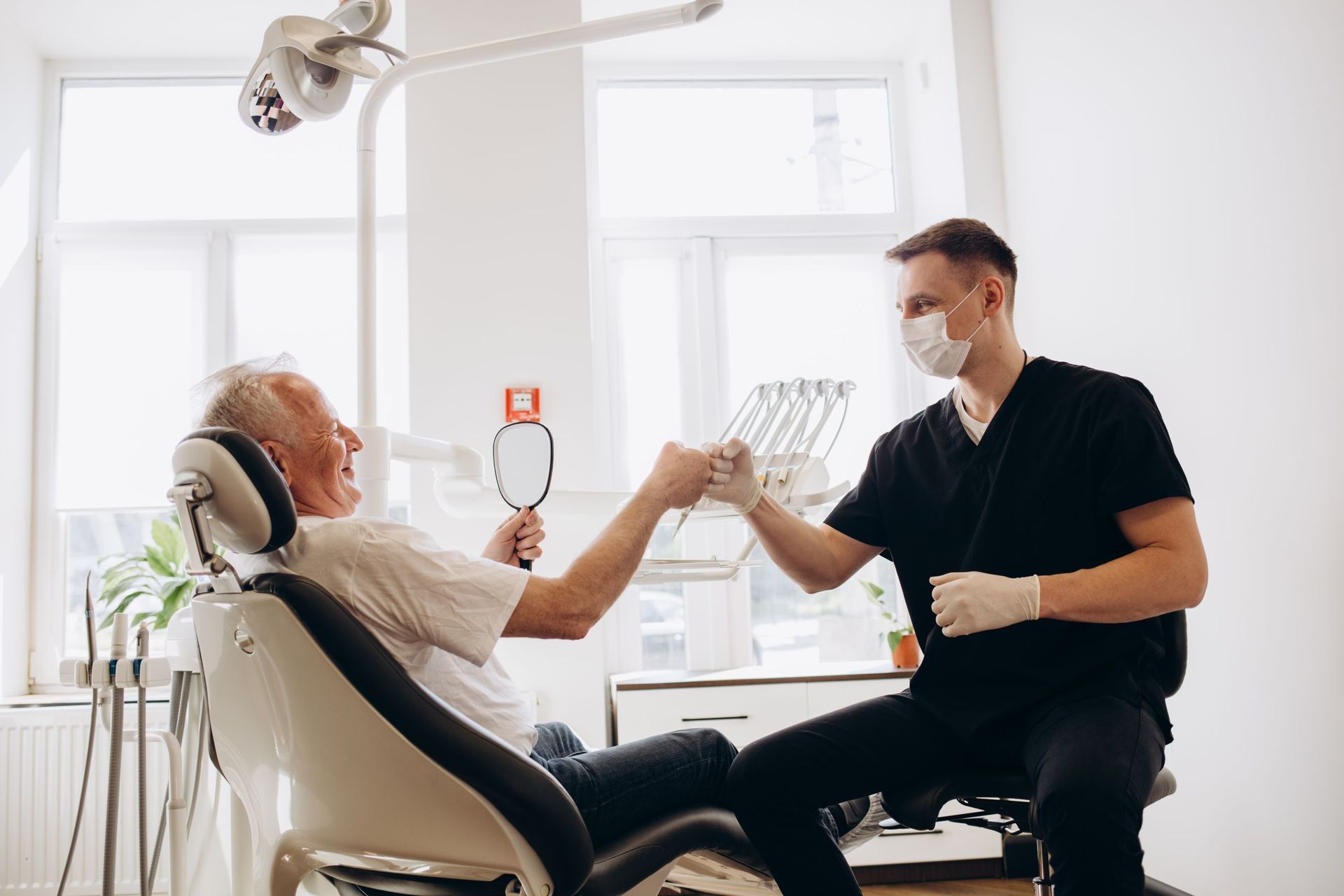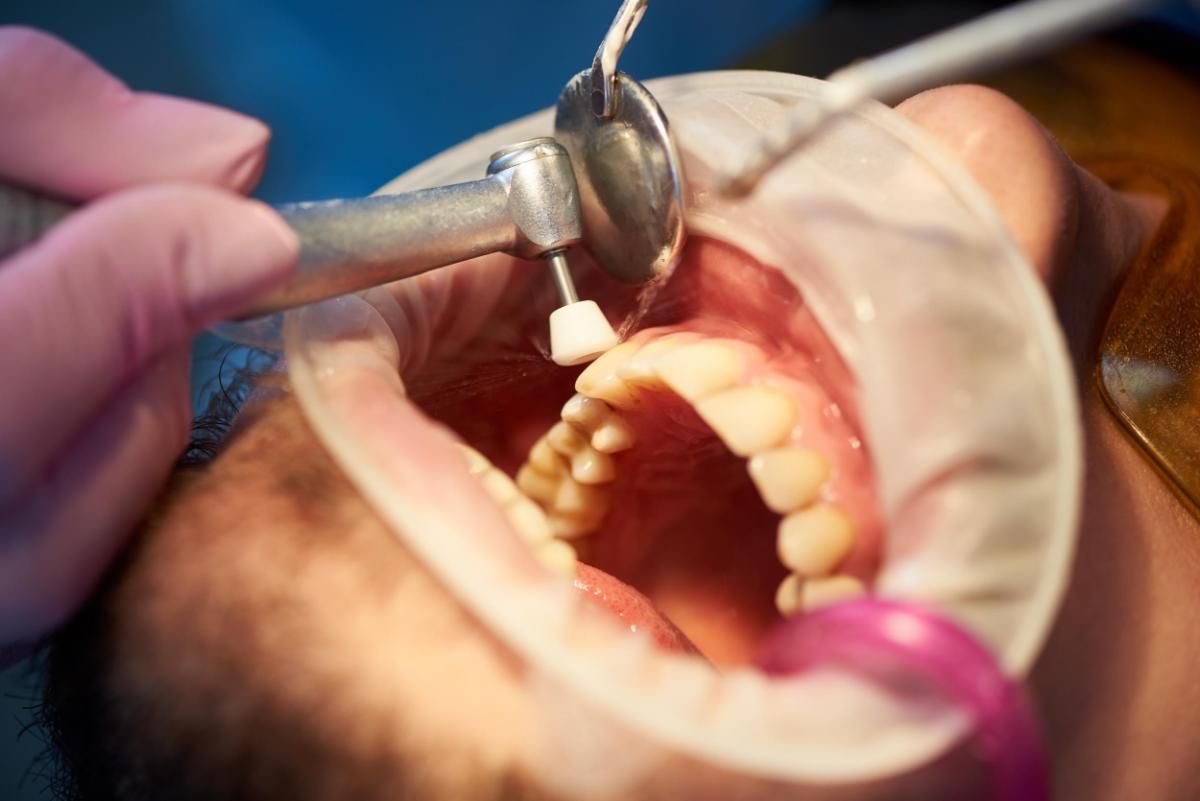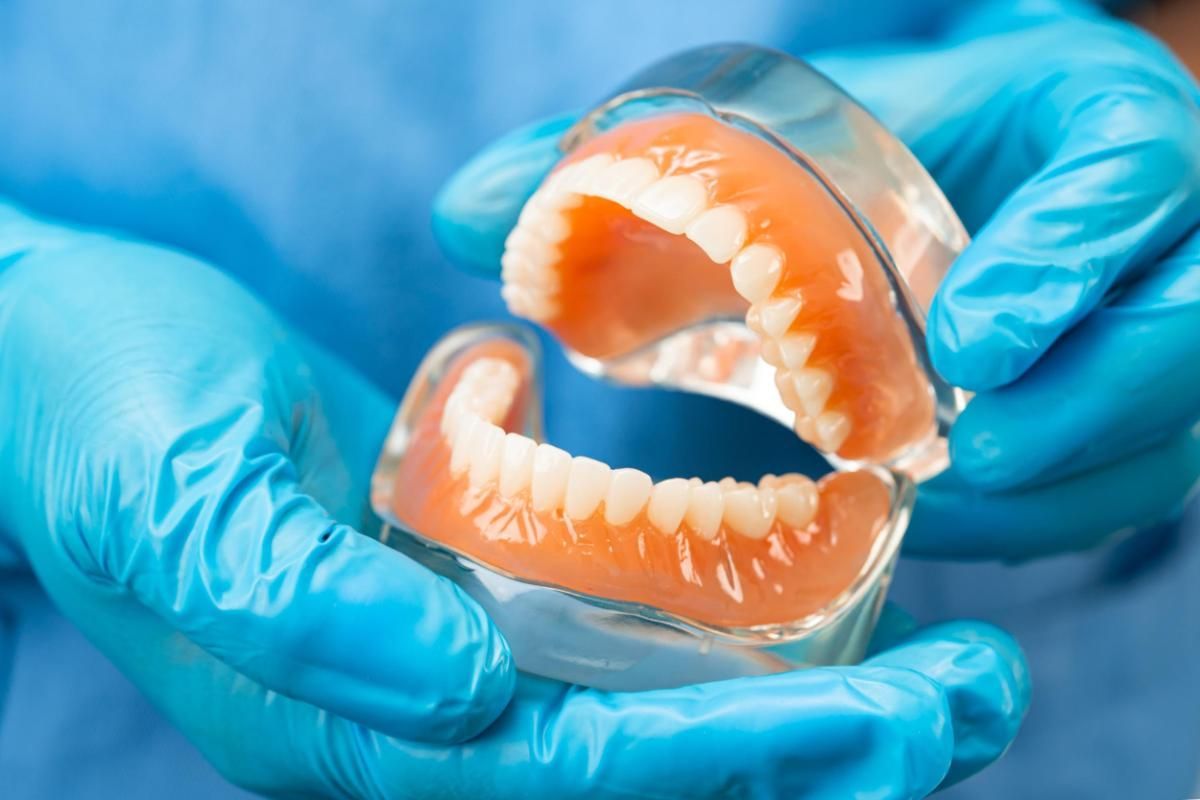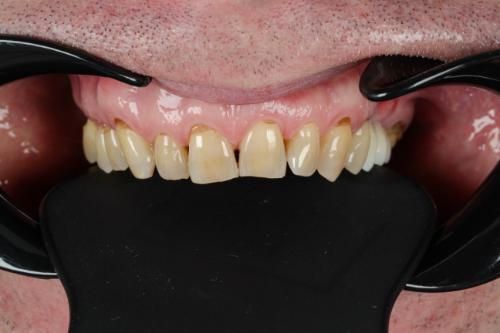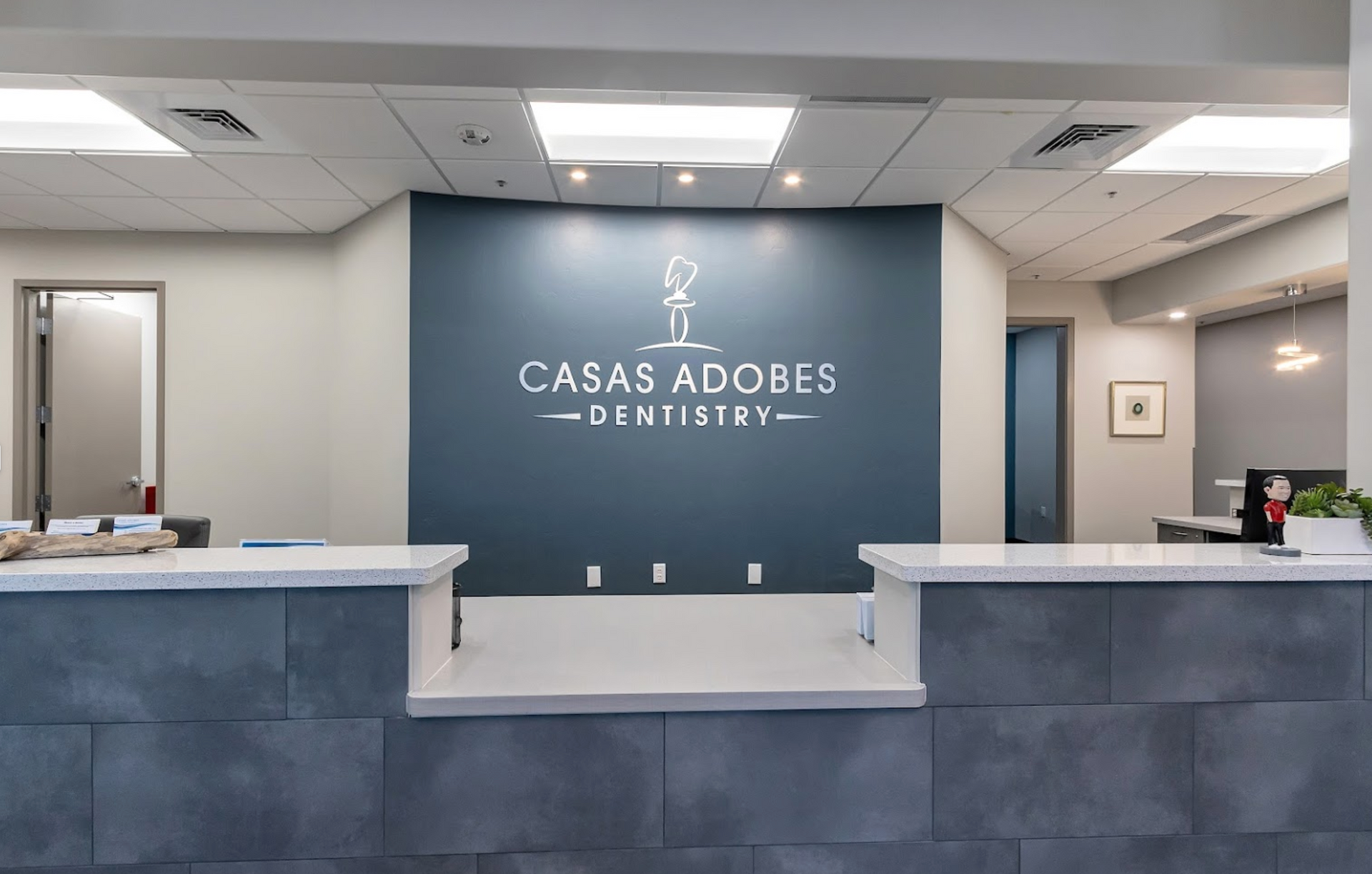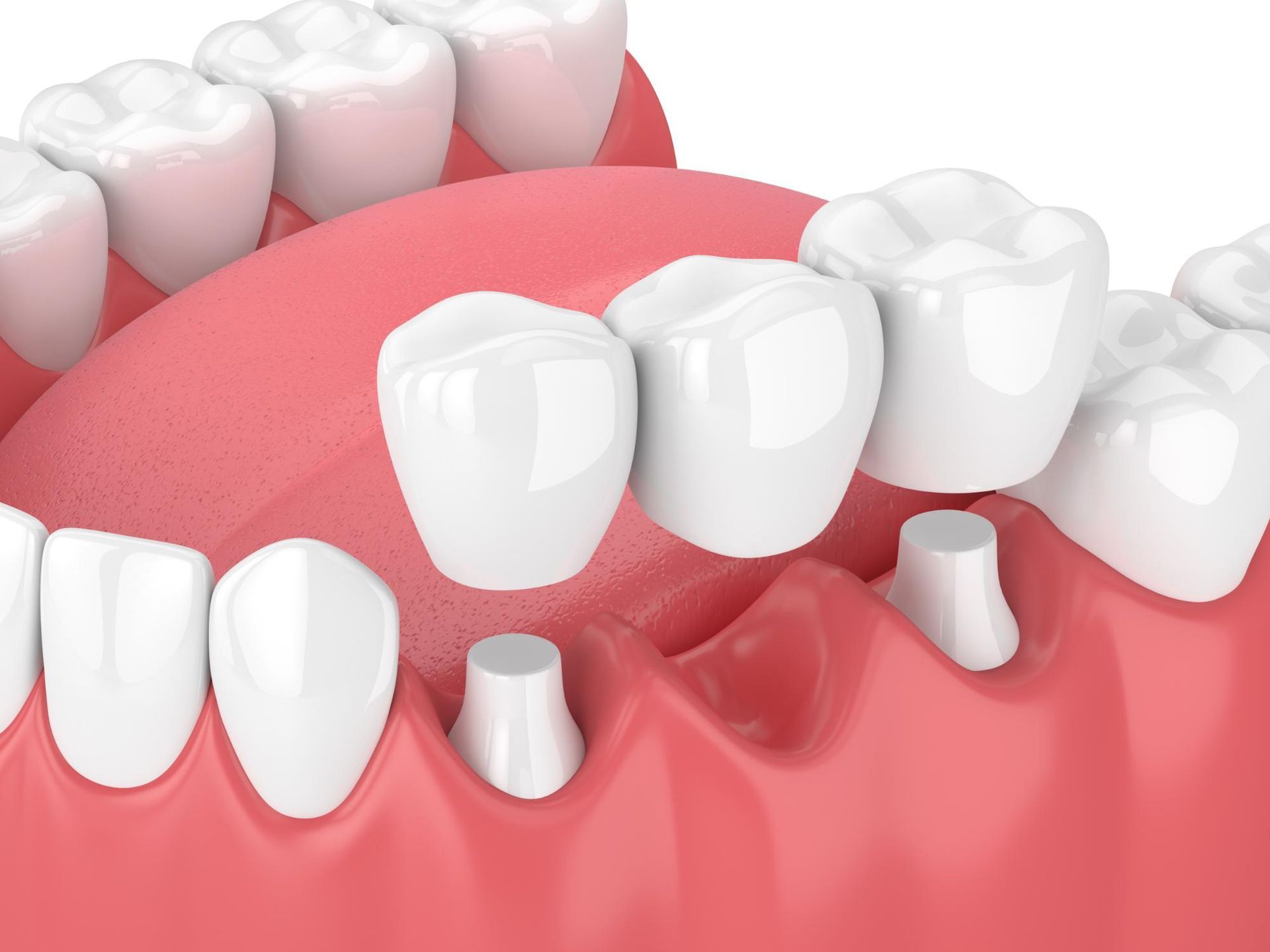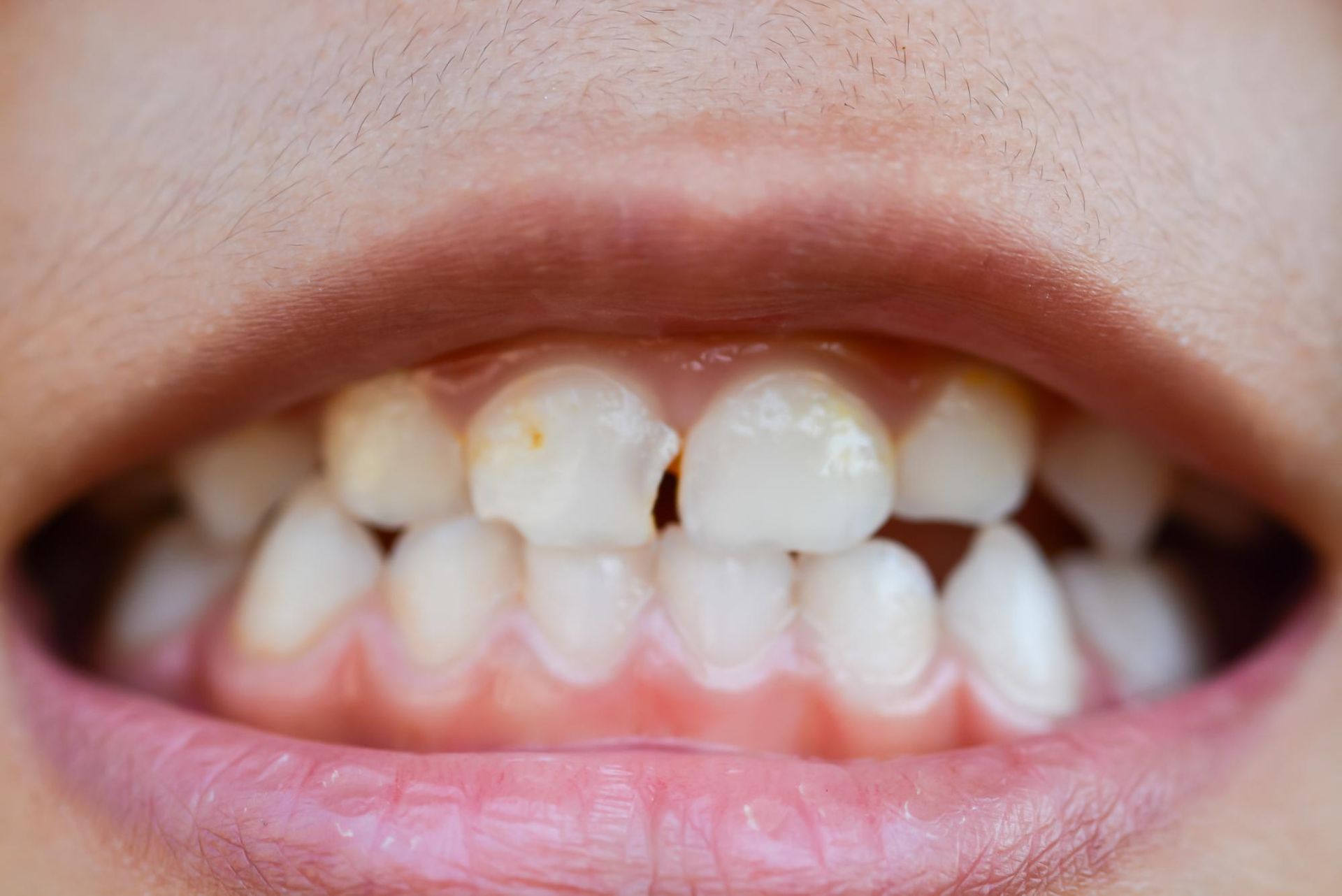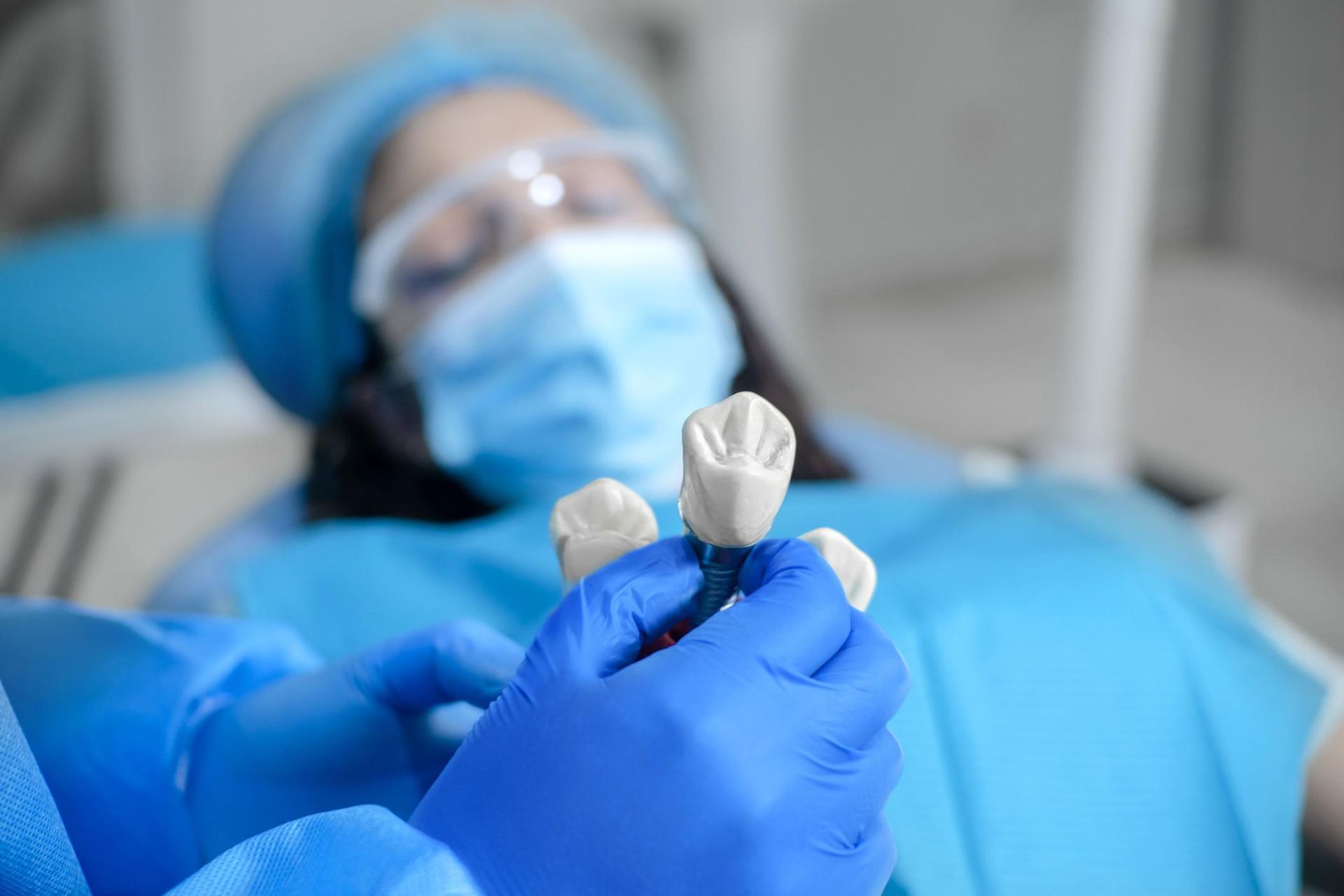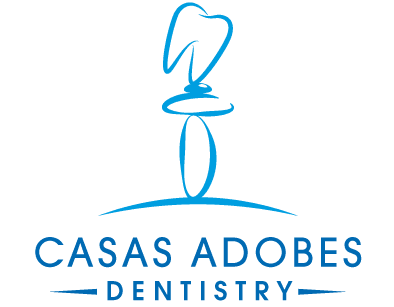(520) 365-0559
7520 N Oracle Rd Suite 200, Tucson, AZ 85704
Serving all of Tucson & Surrounding Areas
Top Benefits of Overlays Teeth for a Stunning Smile

Dental overlays teeth repair damaged teeth, offering a balance between fillings and crowns while preserving a more natural tooth structure. This article details their benefits and process.
Key Takeaways
- Dental overlays provide a less invasive and more conservative option for restoring damaged teeth compared to crowns, preserving more of the natural tooth structure.
- Overlays can enhance both aesthetic appeal and functionality, making them suitable for cosmetic improvements and restorative treatments for decayed teeth.
- The cost of dental overlays varies based on materials and complexity, with potential insurance coverage depending on whether the procedure is deemed restorative or cosmetic.
Understanding Dental Overlays
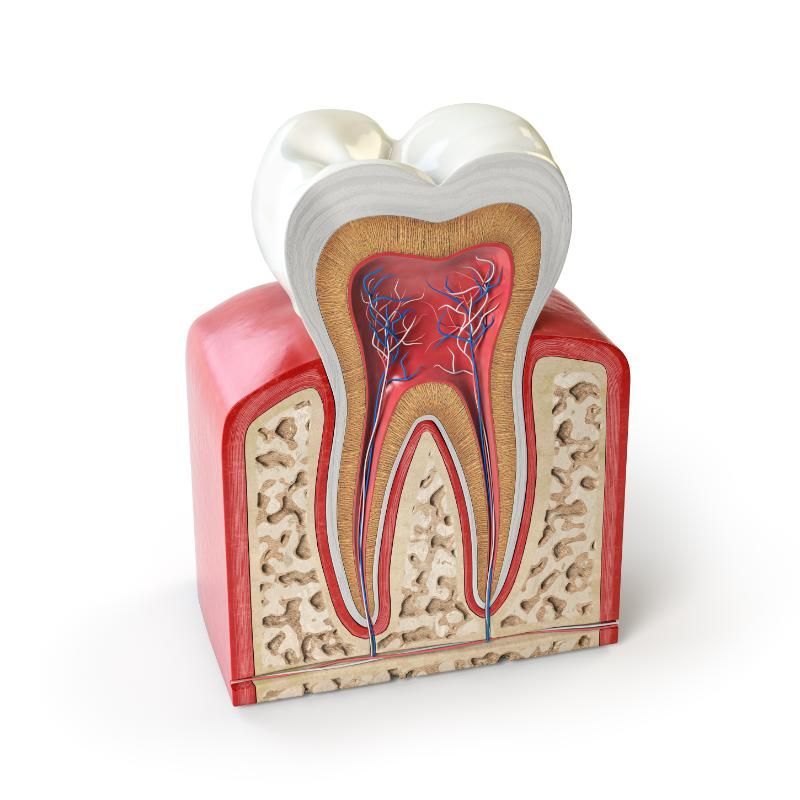
Dental overlays are specialized restorations designed to cover and support damaged teeth while preserving much of the natural structure. Their primary purpose is to provide both aesthetic improvements and functional support to teeth that have been weakened or damaged. Unlike traditional fillings, which may only address minor issues, overlays can cover larger areas of damage, providing additional strength and durability. This makes them an ideal choice for a range of dental problems, from minor chips to more extensive decay.
Constructed from materials such as porcelain or composite resin, composite overlays mimic the natural translucency and appearance of tooth enamel, offering a seamless blend with your natural teeth. This aesthetic appeal is coupled with functional benefits, as overlays protect the remaining tooth structure and allow for a more conservative approach to restoration. Preserving more of the natural tooth structure with dental overlays helps maintain overall dental health and integrity.
Dental overlays require less preparation than crowns, thereby preserving more of the natural tooth structure while providing similar functional benefits. This makes them a less invasive option for restoring damaged teeth, contributing to better long-term oral health.
What Are Dental Overlays?
Dental overlays are custom-made restorations designed to address extensively damaged or decayed teeth. They are particularly useful for restoring cavities and preserving more of the natural tooth structure compared to traditional fillings. Commonly used materials for these overlays include porcelain and composite resin, chosen for their durability and aesthetic appeal. Restorative overlays are often made from porcelain or gold, known for their strength and longevity.
Unlike crowns, which cover the entire tooth, dental overlays are typically used on posterior teeth when the damage is too extensive for a filling but not severe enough to warrant a crown. They are specifically designed to treat fractured cusps and maintain the functionality of damaged teeth, making them a versatile option in the realm of dental restorations.
How Do Dental Overlays Work?
The process starts with the dentist removing any existing decay and taking an impression of the tooth for a precise fit. This step is essential for creating a custom overlay that aligns perfectly with the tooth’s natural contours. Once the overlay is crafted, it is carefully bonded to the tooth using a dental adhesive, ensuring a strong and lasting hold. This method of bonding not only secures the overlay in place but also helps to reinforce the remaining tooth structure.
Designed to cover only the damaged portion of the tooth, overlays preserve more of the natural tooth structure compared to traditional crowns. This conservative approach better maintains dental health by keeping more of the healthy tooth structure intact.
The result is a restoration that not only looks natural but also functions effectively, contributing to the overall longevity of the tooth.
Types of Dental Overlays
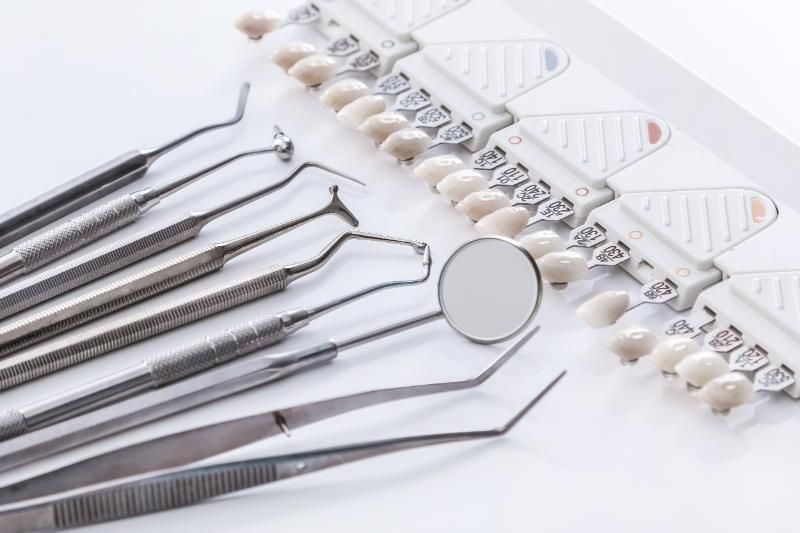
Dental overlays can be broadly categorized into two main types: cosmetic and restorative. Each type serves a distinct purpose, catering to different dental needs. Cosmetic overlays are designed primarily to enhance the appearance of teeth, making them ideal for smile makeovers and other aesthetic treatments. On the other hand, restorative overlays focus on repairing damaged teeth and maintaining dental health, providing both functional and aesthetic benefits.
The overlay procedure involves multiple steps, including tooth preparation, impression taking, and custom fitting of the overlay. Whether you opt for cosmetic or restorative overlays, the end goal is to achieve a balance between aesthetics and functionality, ensuring your teeth not only look good but also perform well.
Cosmetic Overlays
Cosmetic overlays are primarily used to improve the aesthetic appeal of teeth, making them appear more attractive. They can effectively hide imperfections such as chips and discoloration, enhancing the overall appearance of your smile. High-quality cosmetic overlays are designed to closely replicate the natural look of teeth, offering a seamless integration with the surrounding dentition. This natural appearance is achieved through the use of materials like porcelain and composite resin, which can be color-matched to your existing teeth.
One of the standout features of cosmetic overlays is their stain-resistant properties, which help them remain visually pleasing over time. Porcelain overlays, in particular, are known for their exceptional durability and resistance to staining and wear, contributing to long-lasting results.
Cosmetic treatments overlays typically require multiple appointments to ensure proper fitting and aesthetics, resulting in a personalized and precise outcome.
Restorative Overlays
Restorative overlays are specifically designed to repair and restore functionality to damaged or decayed teeth. They play a crucial role in maintaining dental health by addressing issues of decay and damage, thereby preventing further complications. Restorative overlays seal the tooth tightly, reducing the risk of future decay and bacterial infiltration.
These overlays are typically made from durable materials such as porcelain or composite resin, which provide strength and longevity. The goal of restorative overlays is not just to fix the existing damage but also to reinforce the tooth, ensuring it remains functional and healthy for the long term. Whether used on back teeth or more visible areas, restorative overlays offer a robust solution for preserving dental health.
Benefits of Dental Overlays

Dental overlays offer a multitude of benefits, making them a preferred choice for many dental issues. One of the primary advantages is their ability to preserve the natural tooth structure, which is crucial for maintaining overall dental health. Overlays are designed to restore both function and appearance while preserving the maximum amount of natural tooth structure. This conservative approach is less invasive than other treatments, such as crowns, which require more extensive tooth preparation.
In terms of durability and aesthetics, dental overlays are known for their long-lasting nature. Made from strong materials like porcelain and composite resin, overlays maintain their shape and size well, providing a durable solution for restoring damaged teeth. Additionally, the natural look of these materials ensures that the overlays blend seamlessly with your existing teeth, enhancing the overall appearance of your smile.
Another significant benefit of dental overlays is the less invasive procedure involved. Compared to crowns, overlays require less tooth preparation, making them a more conservative treatment choice. This minimal alteration preserves more of the natural tooth structure and reduces overall costs and recovery time.
Preservation of Natural Tooth Structure
Dental overlays are designed to restore function and appearance while preserving more of the natural tooth structure compared to crowns. This conservative approach is particularly beneficial for maintaining dental health, as it involves minimal alteration to the existing tooth structure.
Overlays cover only a part of the tooth, whereas crowns provide complete coverage for severely damaged teeth. Choosing dental overlays allows patients to maintain a greater portion of their natural tooth structure, crucial for long-term oral health.
Durability and Aesthetics
Overlays made of resin and porcelain veneers are known for their durability, maintaining their shape and size well due to the strong materials used. This durability ensures that the overlays can withstand the wear and tear of daily use, providing a long-lasting solution for damaged teeth.
Additionally, the natural translucency and color-matching capabilities of these materials ensure that the overlays blend seamlessly with your existing teeth, enhancing the overall appearance of your smile.
Less Invasive Procedure
Overlays are considered a less invasive option in dental procedures as they require minimal alteration to the tooth. This minimal preparation preserves more of the natural tooth structure, a significant advantage over treatments like crowns.
Due to their less invasive nature, overlays may also result in lower overall costs compared to crowns, which typically involve more extensive procedures.
Comparing Overlays to Other Dental Procedures
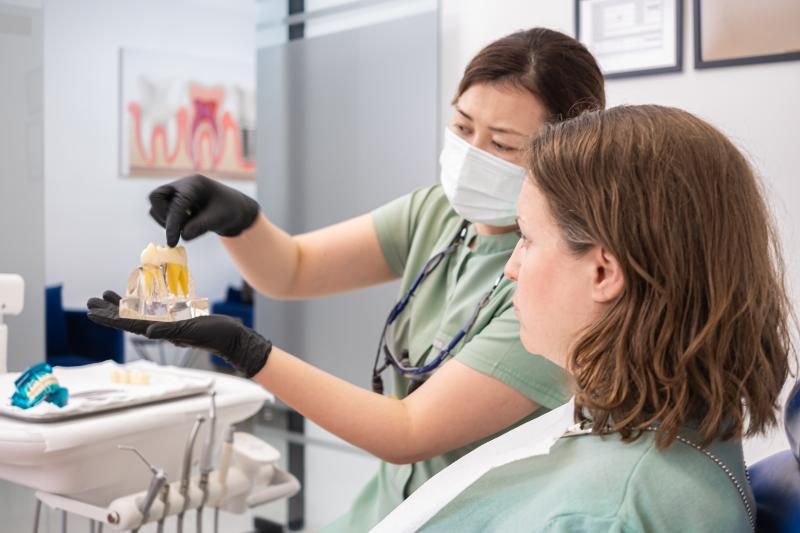
Dental overlays differ from other dental procedures in several key ways. Compared to dental crowns, overlays are less invasive and preserve more of the natural tooth structure. This preservation is crucial for maintaining dental health and ensuring the longevity of the tooth. Overlays also require less tooth preparation, making them a more conservative treatment option.
When compared to fillings, overlays offer a more robust solution for significant tooth damage. While fillings are suitable for minor cavities, overlays are preferred when the damage is too extensive for a standard filling. This makes overlays a versatile option for a range of dental issues, providing both functional and aesthetic benefits.
Overlays vs. Fillings
Overlays are typically used when tooth damage is too severe for standard dental filling. They preserve a more natural tooth structure than traditional fillings and provide a strong, long-lasting repair.
Inlays, a type of overlay, are considered a better option than fillings when the tooth structure is compromised but not enough to require a full overlay.
Overlays vs. Crowns
Dental overlays and crowns serve distinct purposes in restorative dentistry. One of the significant advantages of dental overlays is their ability to preserve much of the patient’s natural tooth structure, making them less invasive than crowns.
Crowns require more extensive tooth preparation and are generally considered a more invasive procedure than overlays. Overlays are typically recommended for minor damage or cosmetic improvement, while crowns may be necessary for more severe damage or structural issues.
The Overlay Procedure at Your Dental Office
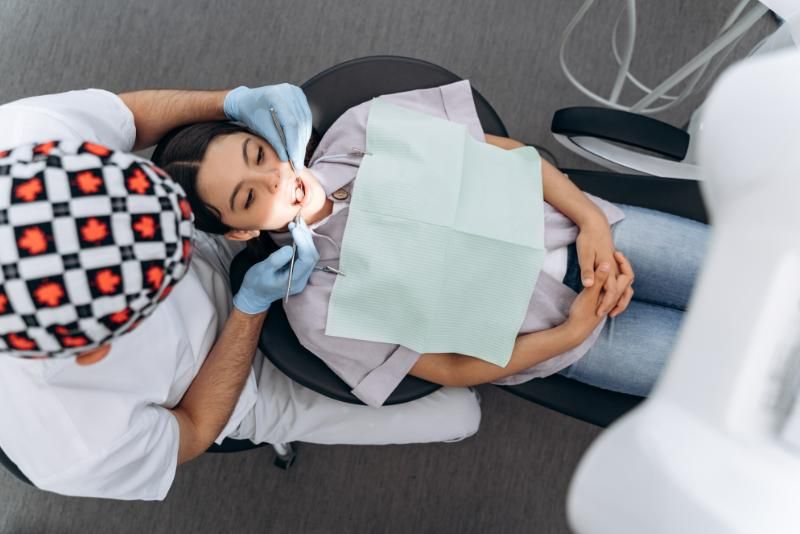
The overlay procedure at your dental office involves several structured steps, starting with an initial consultation and followed by tooth preparation and bonding. Patients can expect a thorough examination and discussion of their dental health history before beginning the overlay process.
This initial consultation allows the dentist to evaluate the patient’s dental condition and develop a tailored treatment plan.
Initial Consultation
During the initial consultation, the dentist evaluates the patient’s dental condition to develop a tailored treatment plan. This process involves assessing the condition of the teeth and deciding on the best overlay treatment plan for each patient.
The consultation culminates in the creation of a personalized treatment strategy, ensuring optimal results from the overlay procedure.
Preparation and Placement
Preparing a tooth for an overlay involves the dentist shaping the tooth and creating an impression for a precise fit. This step may involve removing a small amount of enamel to ensure the overlay fits properly and bonds effectively. The meticulous shaping of the tooth surface is crucial for achieving optimal aesthetics and a precise fit.
The procedure for applying overlays generally requires two visits, allowing for careful preparation and fitting, ensuring that the final result is both functional and visually appealing.
Aftercare and Maintenance
Maintaining good oral hygiene is crucial for the longevity of dental overlays, which includes regular brushing and flossing. Regular dental check-ups are also essential to monitor the condition of the overlays and ensure they remain in good shape.
Good oral hygiene practices, such as regular brushing and flossing, are essential for prolonging the lifespan of dental overlays. Following these practices can help maintain the functionality and appearance of the overlays, ensuring they last for many years.
Cost Considerations and Insurance Coverage
The cost of dental overlays can vary significantly based on several factors, including the materials used and the complexity of the procedure. Typically, overlays made from high-quality materials like porcelain may be more expensive than those made from composite resin due to their durability and aesthetic appeal. The total number of overlays required for a patient directly influences the overall treatment cost; more overlays will increase the total expense.
Insurance coverage for dental overlays depends on the reason for the procedure; cosmetic reasons are usually not covered while restorative purposes may be partially covered.
Many dental offices provide financing plans that allow patients to pay for overlays in manageable monthly installments. Dental discount plans, available through some clinics, enable patients to access various dental services, including overlays, at reduced rates.
Cost Factors
The cost of dental overlays can vary significantly based on several factors, including the materials used and the complexity of the procedure. Typically, overlays made from high-quality materials like porcelain may be more expensive than those made from composite resin due to their durability and aesthetic appeal.
Insurance coverage for dental overlay may be available if deemed necessary for restorative purposes. Many dental offices offer flexible payment plans to help manage the costs associated with dental overlays, making them more accessible to patients.
Insurance and Payment Options
Dental insurance coverage for overlays depends on the reason for the procedure; cosmetic reasons are usually not covered while restorative purposes may be partially covered. Many dental offices provide financing plans that allow patients to pay for overlays in manageable monthly installments.
Dental discount plans, available through some clinics, enable patients to access various dental services, including overlays, at reduced rates.
Finding the Right Cosmetic Dentist
Choosing the right cosmetic dentist is crucial for achieving the best results with dental overlays. A cosmetic dentist with advanced training, such as memberships in professional organizations, indicates a commitment to high standards in cosmetic dentistry.
Look for dentists who have completed advanced training in cosmetic procedures specific to dental overlays. The skill and experience of the dentist can considerably impact the cost of dental overlays, with more experienced professionals typically charging higher fees.
Credentials and Experience
Consider seeking a cosmetic dentist who is accredited by recognized professional organizations to ensure they meet high standards of patient care. Verify the dentist’s specialization in cosmetic dentistry to ensure they have the necessary skills for overlays. Additionally, consulting with cosmetic dentists can provide further insights into your options.
Evaluating a dentist’s portfolio through before-and-after images can provide insight into their skill and the quality of their cosmetic work. Requesting before-and-after photos of previous work can provide insight into a dentist’s skill and the potential results of your treatment.
Patient Reviews and Before/After Photos
Patient reviews serve as a valuable resource for potential patients to gauge the quality of a dentist’s work in dental overlays. Reading reviews can highlight previous patients’ experiences, helping prospective patients assess satisfaction and results.
Before and after photos serve as a direct visual validation of the dentist’s expertise, allowing potential patients to see the transformation achievable with overlays.
Summary
Dental overlays offer a versatile and effective solution for both cosmetic and restorative dental needs. They provide a less invasive option compared to traditional crowns and fillings, while preserving more of the natural tooth structure. Overlays made from high-quality materials like porcelain and composite resin ensure durability and a natural appearance, enhancing the overall beauty and functionality of your smile.
Choosing the right cosmetic dentist is crucial for achieving the best results with dental overlays. By considering credentials, experience, patient reviews, and before-and-after photos, you can make an informed decision that will lead to a stunning and lasting smile. Dental overlays not only improve the aesthetics of your teeth but also contribute significantly to your dental health, making them a worthwhile investment for anyone looking to enhance their smile.

Frequently Asked Questions
What are dental overlays made of?
Dental overlays are commonly made from porcelain or composite resin, selected for their strength and aesthetic quality. These materials ensure a durable and visually appealing restoration.
How do dental overlays differ from crowns?
Dental overlays differ from crowns primarily by preserving more of the natural tooth structure and being less invasive, as they require less preparation of the tooth.
Are dental overlays covered by insurance?
Dental overlays may be covered by insurance if they are deemed necessary for restorative purposes, but typically not for cosmetic reasons. It's important to check with your specific insurance provider for details on coverage.
How long do dental overlays last?
Dental overlays typically last many years, especially when maintained with proper care. Regular dental check-ups can help extend their lifespan.
What should I look for in a cosmetic dentist for overlays?
When selecting a cosmetic dentist for overlays, prioritize those with advanced training and accreditation from reputable organizations, and thoroughly review their portfolio and patient testimonials to gauge their expertise.


Ready to Experience Exceptional Dental Care?
Your journey towards a healthier, brighter smile starts here. Call us today at (520) 365-0559 to schedule your appointment or request a consultation online. Join the Casas Adobes Dentistry family and let us take care of your dental needs with the compassion and expertise you deserve.


Contact Information
Request an Appointment
For more information about our services or to schedule an appointment, call us at (520) 365-0559 or complete the form below we’ll get back to you as soon as we can.
We are on Oracle Rd. just north of Ina Rd in the same complex as Retina Associates which you can see on the right when you are traveling north. We are south of Suffolk Dr. on the East side of Oracle Rd. You may have to make a U-Turn when traveling south from Magee Rd
Popular Services
Quick Links
All Rights Reserved | Casas Adobes Dentistry
